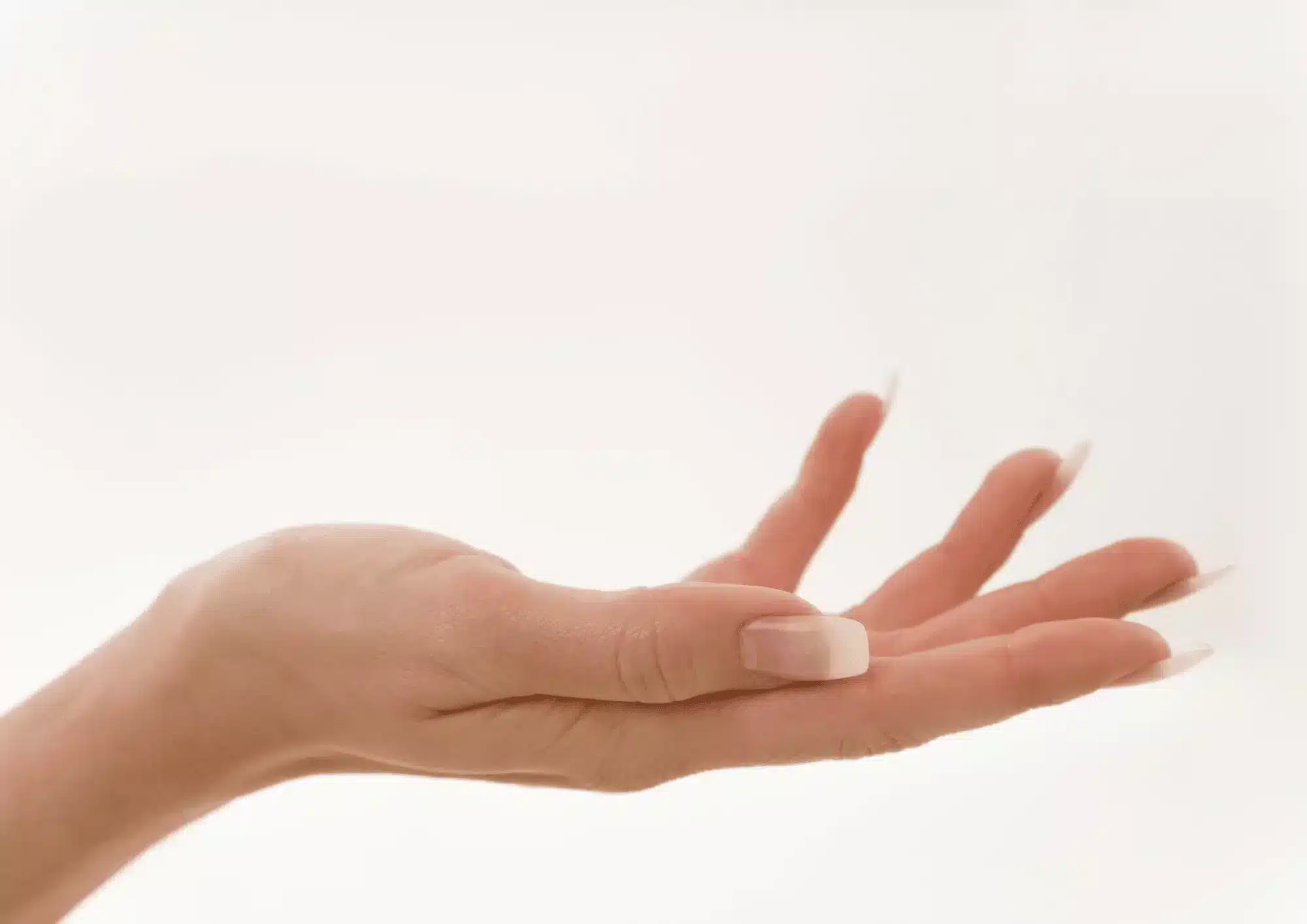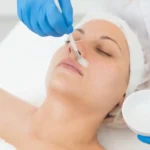
Hyperhidrosis is defined as abnormally increased sweating, more than that needed for thermoregulation. Individuals with a special type of hyperhidrosis, known as focal hyperhidrosis, can excessively sweat from their underarms (axillary hyperhidrosis) or from their palms and soles of the feet (palmoplantar hyperhidrosis). In clinical practice, a patient presenting with excessive sweating lasting for longer than 6 months is diagnosed with hyperhidrosis if they also fulfill at least two out of the following criteria: cessation of focal sweating while asleep, bilateral symmetric sweating, frequency greater than once a week, onset before age 25, positive family history, and daily activity impairment. Patients with this condition are often emotionally and psychologically impacted to the degree that their daily life is disrupted. As a consequence, they usually live with increased anxiety, difficulty in social and work settings, and decreased socialization. For these patients, treatment options are either short-acting or ineffective (as in the case of topical antiperspirants), or invasive, costly, and associated with serious complications (such as the arthroscopic shaving of the glands, excision of sweat glands, and endoscopic transthoracic sympathectomy).
Does Botox for hyperhidrosis work?
Botox was first put forward as a possible treatment for excessive sweating when it was reported as an inadvertent effect in patients receiving Botox for other indications. Botox is a neurotoxin that acts on motor and autonomic nerve terminals, blocking signal transmission between the nervous system and the muscles. When injected intradermally, the toxin causes the chemical denervation of the eccrine sweat glands via prevention of the release of the neurotransmitter acetylcholine, resulting in a localized reduction in sweat production. Generally, Botox is vastly preferable to other traditional treatments for hyperhidrosis, as it is minimally invasive, durable and effective.
Treating hyperhidrosis in the palms and soles of the feet can cause major discomfort due to the high number of nerve endings in these areas. The significant pain associated with treatment can dissuade patients from undergoing the procedure. Several options for anesthesia are available, which include oral and intravenous sedation, nerve blocks, topical lidocaine cream, Bier’s block, and an ice block.
Treatment with Botox
The procedure for injecting Botox usually begins with marking out the area of treatment. Determination of the treatment area can be performed either by administering the Minor’s starch iodine test (saturating the clean and dry underarm with an iodine solution and starch powder to determine hyperhidrotic areas), or via demarcation according to the hair bearing area. Using a tuberculin syringe fitted with a 26- or 30-gauge needle, administer subdermal injections along 40 sites spaced about 8mm apart in each axilla. The needle is inserted into the dermis at a 45° angle with the bevel side up, and roughly 0.05ml of the solution is deposited. Perform the injection in one smooth motion, so as to not cause excessive trauma to the skin. The recommended dose per axilla is 50U (units), which should be diluted in 2ml of sterile saline, or 3ml for patients with larger axillae. When treating for palmar and plantar hyperhidrosis, the injection sites are defined as a grid on the palm and sole. The recommended dose is a total of 100U per palm diluted in 3–4ml of sterile saline, which should be injected with a 26- or 30-gauge needle. Meanwhile, the recommended dose for the sole is 150 U, as it covers a greater surface area.
Post-procedure
After the procedure, it is best to keep the patient for a brief 15-minute observation period to monitor for any immediate reactions to the treatment. Patients will start to note an improvement in their condition as soon as one week after treatment. It has been shown that hyperhidrosis patients treated with Botox can experience a 75% decrease in sweat production, with results lasting between three to six months.
Is Botox for hyperhidrosis right for me?
While generally regarded as a safe and well-tolerated treatment, some patients should be dissuaded from Botox treatment. These include patients who have undergone previous surgical debulking of the sweat glands, who suffer from hyperhidrosis secondary to an underlying disease, or who have severe blood-clotting disorders. As well, patients with an existing medical condition that may interfere with neuromuscular function, such as Eaton-Lambert syndrome, myasthenia gravis, or amyotrophic lateral sclerosis, should not be treated with Botox. If a patient has a concurrent infection at the injection site or systemic infection, they should only be treated after the infection has cleared. Lastly, female patients who are pregnant or breastfeeding should not be treated with Botox.
Treating hyperhidrosis can bring great emotional and occupational benefits to the patient, as not worrying about their excessive sweating reduces time and difficulty in social and occupational settings3. For patients with hyperhidrosis, Botox treatment represents a new way to manage their excessive sweating in an effective manner that also has the added benefits of being non-surgical, convenient, and relatively durable.
Aesthetic medicine products are developed and regulated to meet stringent safety and efficacy standards. They are typically administered by trained healthcare professionals such as dermatologists, plastic surgeons, and specialized nurses in clinical settings. These products aim to provide effective solutions for cosmetic enhancement, skin rejuvenation, and overall aesthetic improvement, contributing to both physical appearance and self-confidence.
Key categories of aesthetic medicine products include:
-
Injectables: This category includes products such as dermal fillers, botulinum toxins (e.g., Botox), and collagen stimulators. These injectables are used to smooth wrinkles, add volume, and improve facial contours.
-
Skin Rejuvenation Treatments: Products like chemical peels, microdermabrasion systems, and laser devices are used to improve skin texture, reduce pigmentation irregularities, and enhance overall skin tone.
-
Skincare Products: These include medical-grade cleansers, moisturizers, serums, and topical treatments containing active ingredients like retinoids, antioxidants, and growth factors. They are formulated to address specific skin concerns such as acne, aging, and hyperpigmentation.
-
Hair Restoration Products: Medical treatments and products designed to promote hair growth and treat conditions such as male and female pattern baldness.
-
Body Contouring and Fat Reduction: Devices and products used for non-surgical body sculpting, such as cryolipolysis (cool sculpting) devices and injectable lipolytics.
-
Cosmeceuticals: High-performance skincare products that bridge the gap between cosmetics and pharmaceuticals, often containing potent ingredients with proven clinical benefits.
-
Wound Care and Scar Management: Products like silicone sheets, gels, and advanced wound dressings used to improve healing and reduce the appearance of scars.





